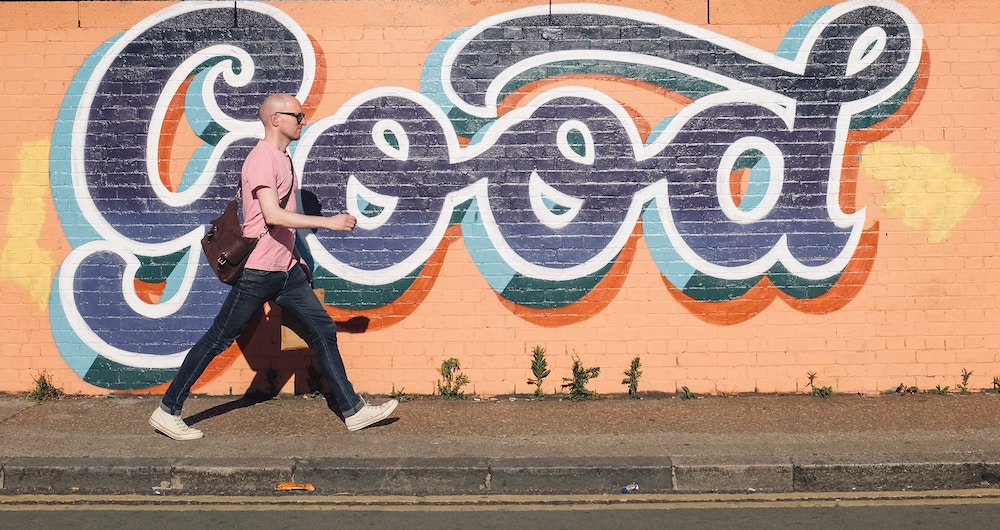Do a Google search of the word “crisis” and you will find countless results. Okay, that’s not true. Google is counting. There are approximately 1,030,000,000 search results (and counting). Topping the list of crises are opioid crisis, refugee crisis, climate crisis, crisis in Sudan, and crisis on earth (this is a live-action television series starring superheroes – go figure). A fairly new member to this list is “crisis on campus.”
Yesterday my friend Grant (the founder of Focus Collegiate a terrific organization that supports college students with learning differences) sent me an article from the Los Angeles Times entitled ‘There’s a Loneliness Crisis on College Campuses.’
“According to the Center for Collegiate Mental Health, the increase in utilization rates for counseling centers across the country over the last five years has greatly outpaced the increase in student enrollment, and as a result, schools have trouble hiring enough mental health counselors to keep up with growing demand. The most recent Healthy Minds Survey, an annual report on mental health on college and university campuses, found that one-third of undergraduate students in the United States wrestle with some kind of mental health issue, while more than 10% struggle with thoughts of suicide.”[1]
The article made me think and dig a little bit. I found another article in Time, ‘Record Numbers of College Students Are Seeking Treatment for Depression and Anxiety — But Schools Can’t Keep Up.’
“Nearly 40% of college students said they had felt so depressed in the prior year that it was difficult for them to function, and 61% of students said they had “felt overwhelming anxiety” in the same time period, according to an American College Health Association survey of more than 63,000 students at 92 schools.”[2]
Foreign Affairs Magazine gives us, ‘Generation Stress – The Mental Health Crisis on Campus’:
“The rise in mental health challenges is not limited to college students. One in every four adults in the United States will suffer from an anxiety disorder in the course of his or her lifetime, and suicide rates for men and women have risen since 2000. Whether these figures are a passing trend, the new normal, or a harbinger of greater challenges to come, one cannot fully know. But no matter what, universities need to deal with this uptick in psychological distress. No longer can they consider students’ mental health to be outside their area of responsibility.”[3]
These three articles are just the frosting on the tip of the iceberg (as my mom would say). Many, many articles illuminate the crisis—remember the 1,030,000,000 search results? —not many shine any light on a possible solution. These articles often blame the schools and advocate for things like less screen time, more civic involvement, more counselors… all good antidotes to loneliness and its genesis, social isolation.
UVM goes further than most colleges by addressing the campus crisis of loneliness with its Wellness Environment (WE) housing, Healthy Brains Healthy Bodies programs, and Behavioral Change Health Studies. We are lucky. WE works.
WE embraces the scientifically proven practices of yoga, meditation, and mindfulness. The UVM Yoga Teacher Training takes these practices a step further with the added challenge of teaching them. YTT students learn and practice yoga, meditation, and mindfulness and are called upon very early in the 200-hour program to turn around and teach them.
In other words, nascent yoga teachers deepen their new knowledge and build self-confidence by teaching within the safety of their supportive community. Practice teachings are followed up by self-reflection and guided introspection that supports metacognition (thinking about one’s thinking with the goal of enhancing learning) and group discussion. Each participant’s input matters. This is the hallmark of a supportive community. Each member is “seen” and acknowledged for not only their contribution, but for simply being themselves.
The motto of the YTT is, “First, see the good.” This is not to say that only good exists, or that the “bad” should be ignored, but that the “good” be recognized (even celebrated) first. Seeing the good first becomes a practice of neuroplasticity. Just as the yogi’s body becomes stronger and more flexible through the physical practice of yoga (asana), thought patterns in the brain become conditioned to the philosophical practice of seeing the good. Seeing the good in others ultimately translates to seeing the good in oneself. This practice takes focused effort.
Loneliness is an established risk factor for physical and mental illness. The loneliness crisis on campus is real. At UVM, the YTT and WE are not cure-alls, but both programs integrate recognized interventions for loneliness: top among them are increasing meaningful social contact and changing your thinking.
Creating community in and of itself is not the answer. If you bring a bunch of angry people together in a group, you’ll have one big angry community. It’s not just meeting others that alleviates loneliness, but changing the way we see them and ourselves. In the language of psychology it’s referred to as addressing maladaptive social cognition, which is exactly what practicing to first see the good does.
[1] https://www.latimes.com/opinion/op-ed/la-oe-soni-campus-student-loneliness-20190714-story.html
[2] https://time.com/5190291/anxiety-depression-college-university-students/
[3] https://www.foreignaffairs.com/articles/united-states/2018-10-11/generation-stress-mental-health-crisis-in-schools
Photo by Volkan Olmez on Unsplash

